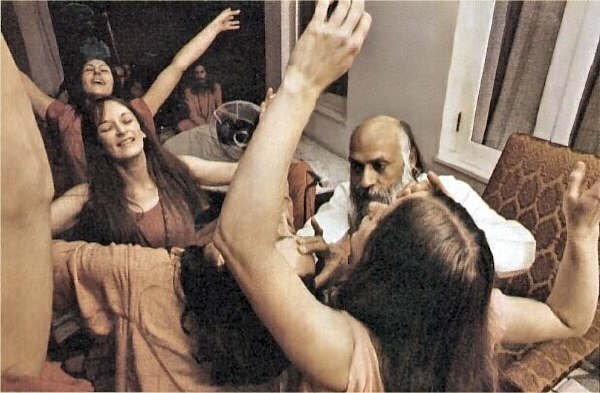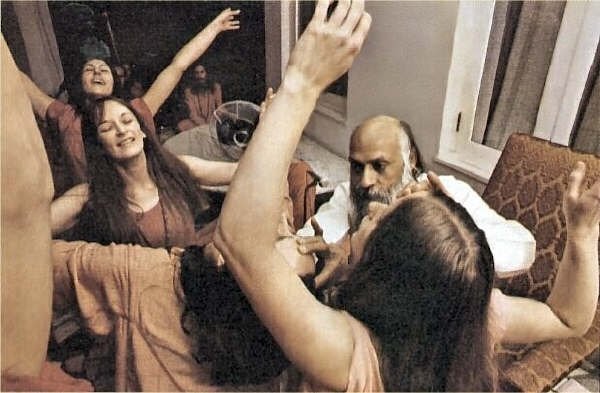In Japan, monastery life is a periodical thing. You can go to a monastery, become a sannyasin, remain there for a time, study, meditate, attain a certain quantity of alertness, a certain quality of being, and then come back to live the life of an ordinary householder. Sometimes, if you feel that you are missing and the mind has become dim and confused, you go again. It is not a permanent style of life to become a sannyasin in Japan. Only few people follow it their whole life; that is their decision; you can come back and this is not thought of with guilt.
In India there is guilt. If once you become a sannyasin and then come back, get married and become a householder, then everyone looks at you as if you have fallen. This is nonsense, this is foolish because the whole country cannot become sannyasins Only a few people can be sannyasins, not doing anything, and they will have to depend on others who are doing, who are active in life.
Sannyas should be available to everybody. The whole country must be able to become sannyasins, but that is possible only if you can be a sannyasin in ordinary life — if you can go to the office, if you can work in a shop, if you can be a laborer, or a teacher, or a doctor, or an engineer and still be a sannyasin.
So in Japan people move to the monastery — that is just a training period so the whole time is devoted to meditation — then they come back. They carry the quality with them and come back to ordinary life, become ordinary citizens again and work in life — as far as the outward life is concerned. Inside they go on trying deeply for the inner flame. Whenever they feel something is becoming dim, whenever they feel they are missing consciousness, they go again to the monastery, stay there for a period and come back again.
OSHO



